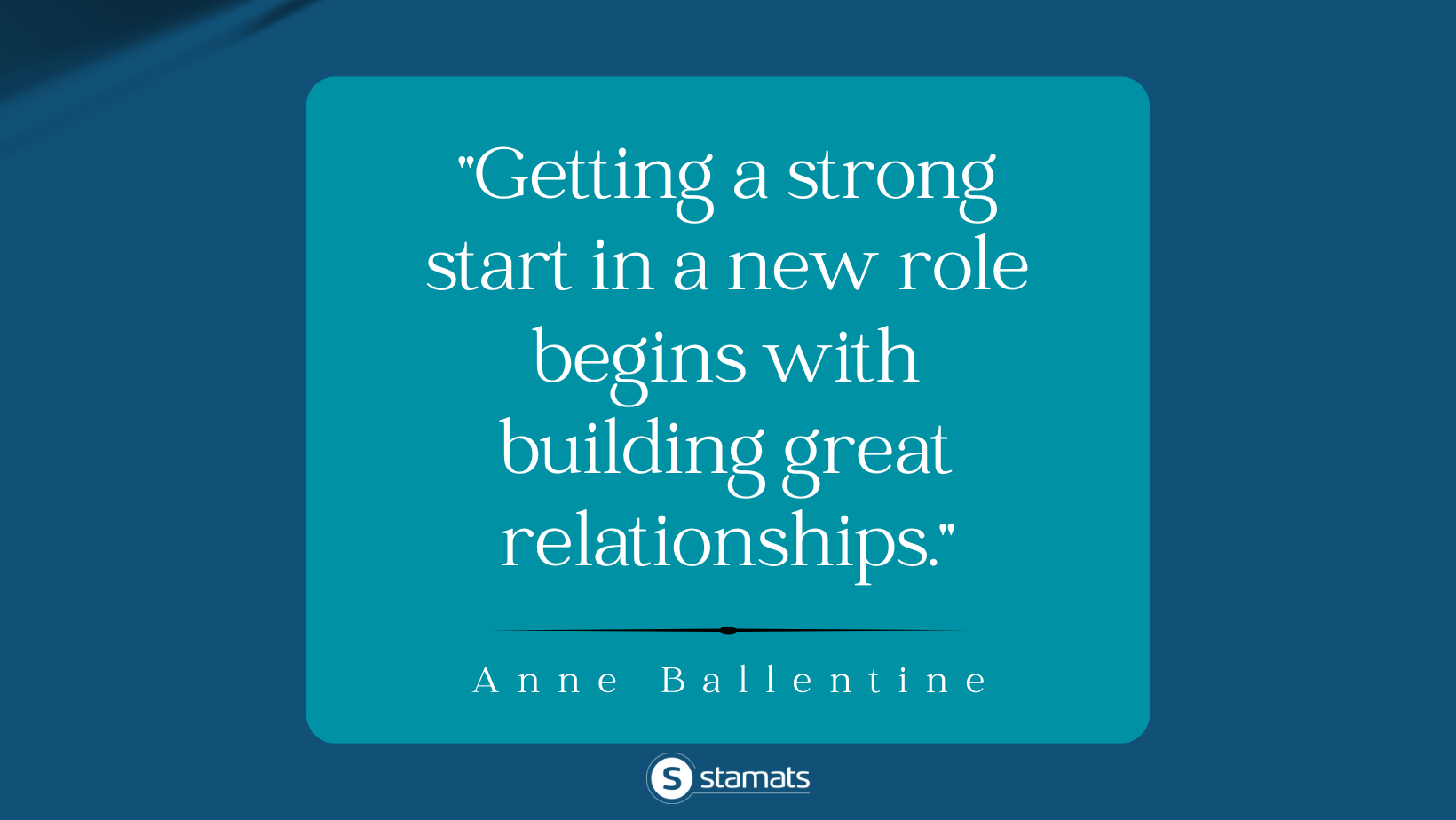Written by
on
Communicating cost information effectively is a primary challenge for higher ed marketers and enrollment managers. On one hand, discussions of cost often become discussions of value (i.e., the quality of the education, the promise of positive outcomes in employment or graduate school, pristine facilities, etc.). On the other hand, discussions of cost are often less about abstract concepts of value and more about out-of-pocket expenses and the difference that often exists between what a student expected to pay (published price) and what was actually paid (net cost).
I recently read an article that focused on the latter concern—how to frame pricing in a way that shifts the value calculation. The article[1], “Reframing the Discount as a Comparison Against the Sale Price: Does It Make the Discount More Attractive?” was published in the Journal of Marketing Research. It explores how reframing a discount can affect perceptions of value and, ultimately, affect the likelihood of purchase. The authors present the following example as an illustration of the reframing concept:
Imagine that the price for a product is $10. The store offers the product at a sale price of $8. In most cases, the promotional language will state that the price is now 20% lower than before ($2/$10 = 20%).
Now, imagine an alternate scenario in which the store frames the discount as a comparison against the sale price. Rather than saying that the sale price is 20% lower than what it had been, the store advertises that the product was originally 25% higher than it is today ($2/$8 = 25%). Let’s call this the “reframed method.”
Does this reframing affect purchase likelihood? And if so, are the results equal across all buyer groups? The study provides us with some fascinating answers! For example, researchers found that:
- When a product was advertised using the reframed method, sales increased.
- Under the reframed method, the size of the discount was perceived as greater, thereby increasing purchase intentions.
- The effects of the reframed approach are not equal for all buyers. Those who are more quantitatively minded and can “see through” the reframing are less affected by the advertisement.
- The effects of the reframed method are lower when the discount is small.
The results have clear implications for product promotion across a variety of industries. But are they applicable to higher education? I believe so, but perhaps on a micro level. It’s not practical to use the reframing method on a website or publication for fear of magnifying just how expensive the original price can be. Also, average net costs of attendance are just that: averages. Many students (and their families) will be expected to pay more.
However, timing can make a big difference in the effectiveness of reframing. When speaking with students or families on an individual basis (particularly in mid- or late spring when financial aid packages have been finalized), there could be practical value in reframing the net cost of attendance in relation to the original price.
Remember, conveying value effectively is often a matter of presentation. In this case, the study found that reframing the discounted price in relation to its original price was highly effective in shifting customers’ thinking and increasing purchase intentions. Similar approaches could recast the way prospective students and their families think about the value of your institution.
Stamats conducts several tuition- and value-related studies for our clients every year. For more research on value, pricing expectations, and financial aid, download our e-book, Tuition Intelligence for Smarter Recruitment.
[1]Abhijit Guha, Abhijit Biswas, Dhruv Grewal, Swati Verma, Somak Banerjee, and Jens Nordfält (2018). Reframing the Discount as a Comparison Against the Sale Price: Does It Make the Discount More Attractive? Journal of Marketing Research: June 2018, Vol. 55, No. 3, pp. 339-351.
Ready to Get Started?
Reach out to us to talk about your strategy and goals.


